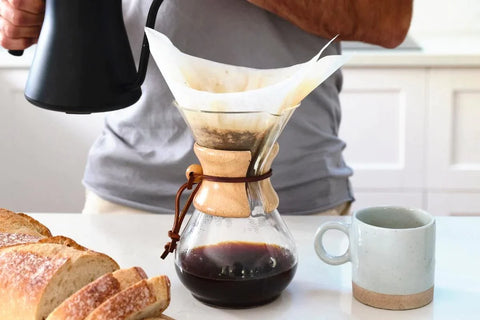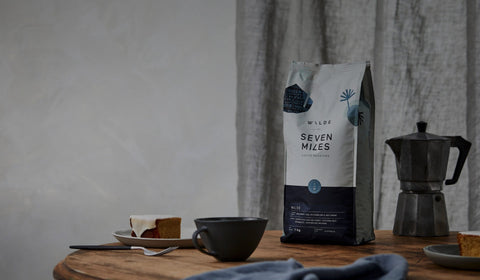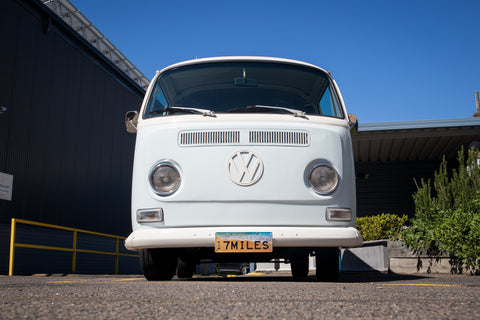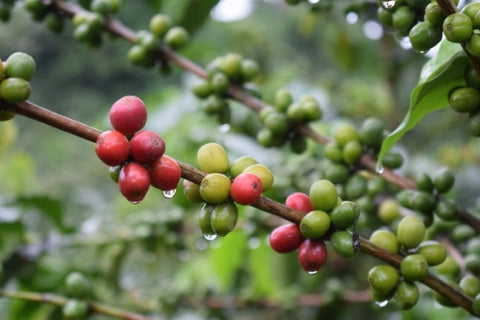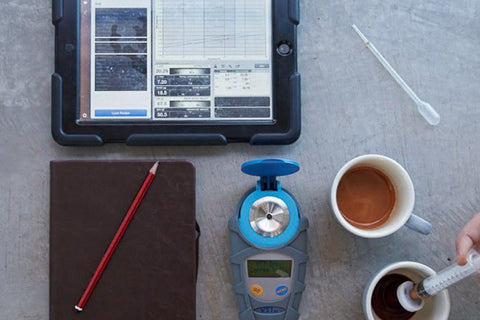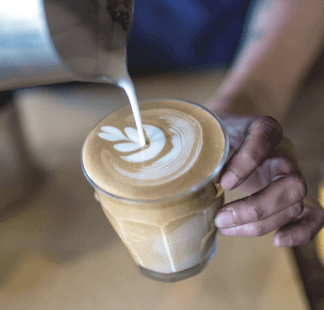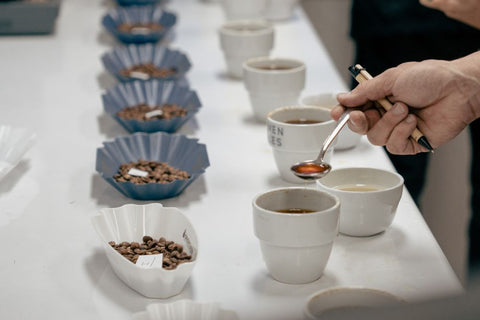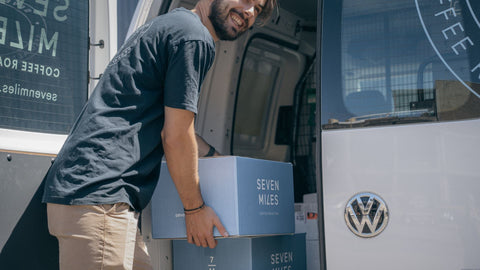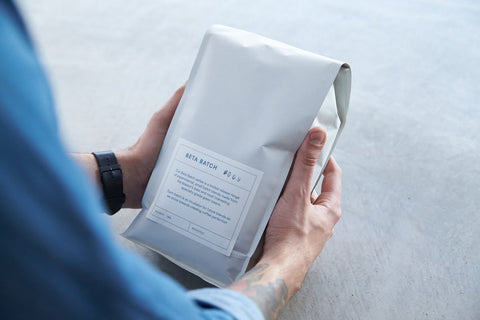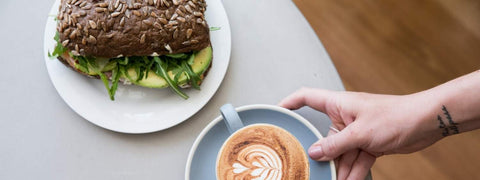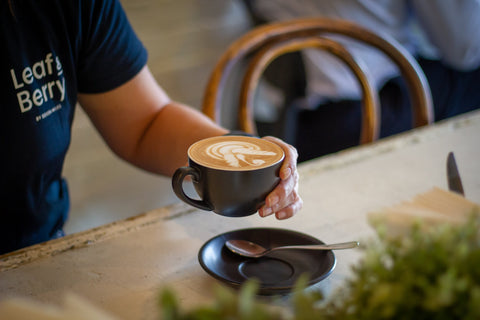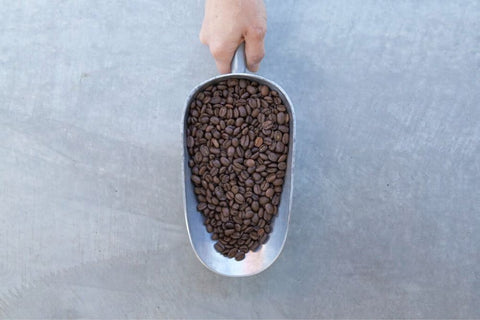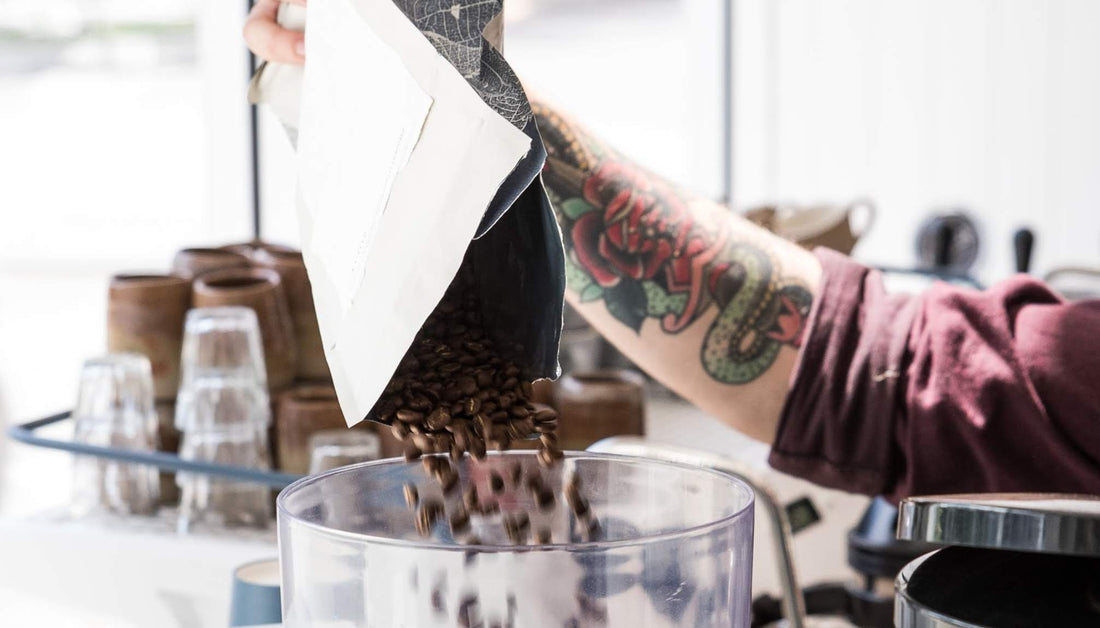Should you store coffee beans in the fridge, freezer or pantry? It’s a question we get asked a lot. To get a definitive answer, Coffee Next team present the results of their research.

Introduction
Before I started working at a coffee roastery, I had no idea how best to store an opened bag of coffee beans. Well, I had some idea: colder is generally better for preserving things long term, so that’s where I stored my coffee. Typically, this was some cheap coffee I got from the supermarket – ah, those were simpler times.
Then, working in a coffee roastery for 2 years actually did little to change my understanding on how to store coffee at home. As we primarily deal with cafes, coffee is typically used within 4 weeks of the roast date and open bags of coffee rarely last longer than a few hours.
But for storing coffee at home, the question remained unanswered:
How do I store my coffee once I’ve opened the bag?
Well, herein we seek to answer this question. Using Science and Baristas. Are they mutually exclusive? Not anymore.
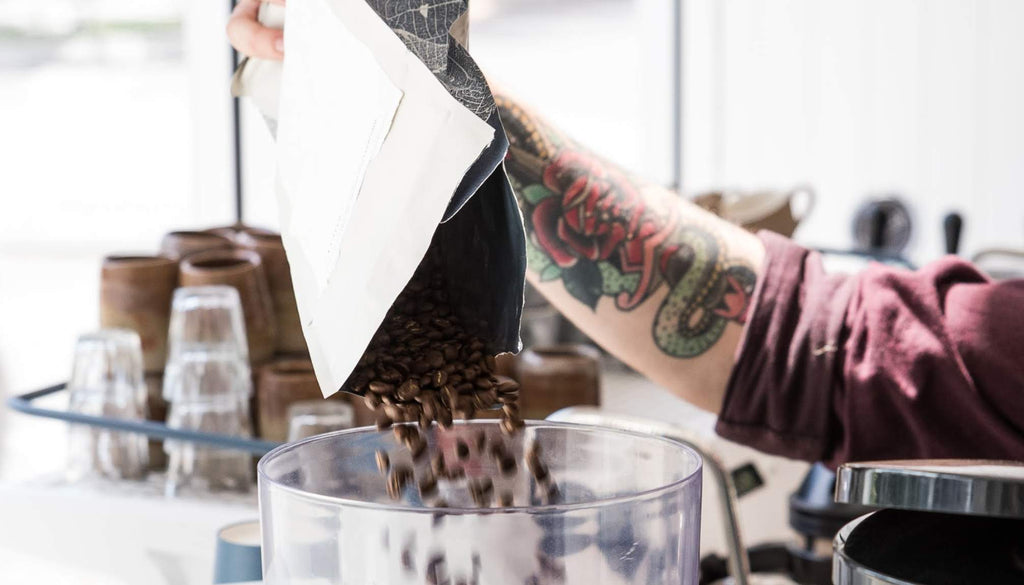
What did we test?
From our previous research, we already know the ‘best open date’. For our Octavia blend roasted to a ‘medium’ roast colour (65 on our 'Colortrack' scale), this is 14 days after roasting.
We cleared some space in the freezer, fridge and ‘on the shelf’ and stored the opened bags of coffee in those spaces. Within those spaces, we aged coffee for 14 days ‘opened’, after 14 days of sitting to ‘reach their prime’. We felt this gave the most representative storage conditions to someone storing their coffee at home.
We repeated the test 3 times for each storage method, although someone chose to consume one of the test samples in the fridge which meant we had to repeat that test.
I’ll find you one day, consumer of fridge-coffee. And I will get your data.
We also scheduled the tests so that we could compare our benchmark ‘best coffee’ (as determined by our previous freshness test) to all the other coffees. This sample we called the ‘standard’.
A summary of the experiment matrix is shown below in Table 1. It summarises when we plucked the coffee from the storage vault post-roast, when the bags were opened (or not), and where they were stored.
For all opened samples, the bags were stored rolled up with a rubber band around the bag – that is, typical at home conditions.

We then tasted all of the coffees on the same day. These tests were done blind by the tasters. Each taster quantified their preference (in a score from 0 to 5) in 6 categories: Sweetness, balance, aftertaste, acidity, mouthfeel and intensity. We took an average of the results for each tester across each of the repeats and quantified the 95% confidence interval to give some impression of experimental variability (i.e. if the results were significant).
Oh yes, and to get a consistent extraction, we raised the coffee to room temperature across 24 hours. This way, all coffees were ground at the same temperature. If we didn’t bring all the coffees to the same temperature, average brew temperature may have varied by between 4°C and 9°C. This is sufficient to observe significant variance in flavours detected on our tongues. We'll explain this in an upcoming article...
What did we find? How storage affects coffee flavour
We’ll let the charts do the talking.
Interactive | Click the tabs to see how storage affects coffee flavour
Figure 1: Chart indicating trends in different sensory properties of roasted coffee.
For a start, we see that our standard was consistently the best tasting coffee. Perhaps that’s no surprise. It was a statistically significant result with a typical variation of 0.5 ‘flavour points’ (i.e. varied by +/- 0.5 points on the chart). The average score across all data-points was 3.7. Delicious.
So that result made sense.
The unopened bag that was left to sit in its own atmosphere for a further 14 days then tasted better than the other coffees tasted. It also didn’t taste as good as our standard. Again, no surprise there. And, thankfully, indicated that the first round of freshness tests still holds true! Phew!
The best of the open bag stored coffee was coffee stored in the freezer. It was better by a statistically significant margin: i.e. a variability of +/- 0.6 points. The average score rounded out being 3.4.
Still tasty after 2 weeks in the freezer. Not as good as the fresh stuff, but better than the rest.
Now for the rest. In terms of cumulative total points, storing the coffee on the shelf was better (average score of 3.1) than the fridge (2.9), though statistically speaking, we don’t think much separates them.
That said, the fridge-stored coffee was noted by at least two of the tasters a couple of times to be ‘flat’.
Want to know a bit more? let’s drill down a little deeper.
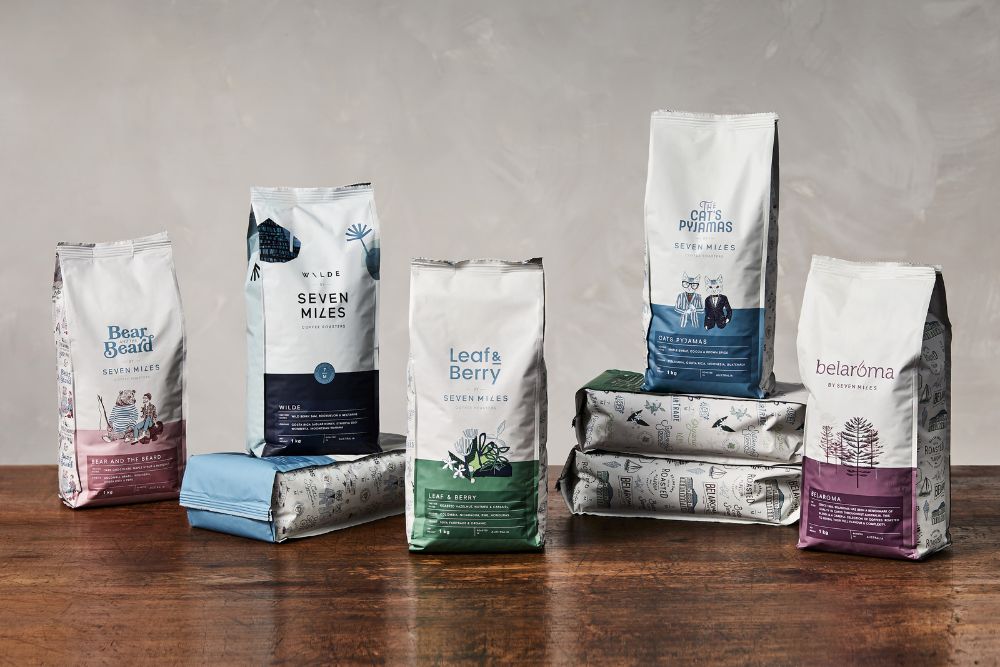
How coffee storage affects specific tastes?
Before we talk about what changes we observed, let’s talk about the changes we didn't see. Across all storage conditions, balance remained constant. No change there. Easy. Similar with aftertaste – no rude shocks to the palate across storage conditions. So we discount these here and now.
The biggest changes were to perceived acidity (rank 1, largest change), intensity (2), sweetness (3) and then smoothness (4, as logic dictates).
Acidity
Acidity is that property baristas typically prize as giving a degree of complexity in the coffee. A well-balanced acidity should add complexity, while balancing the bitterness and sweetness of the brew.
We noticed a huge drop from fresh to the next best, which was the freezer. In truth, statistically, the freezer results were within the margin of error of the fridge and shelf storage.
So, here we conclude that acidity isn’t preserved after the bag is opened no matter what the storage condition. Sorry, team.
Intensity
Intensity is how well a coffee punches you in the face. A high scoring intensity means a coffee smacks you in the face in the most loving way possible. One appreciates the discipline.
We found that a significant drop in intensity is observed with any of the opened samples, but that the freezer is preserves this intensity better than the other two methods of storage. Point and game, freezer.
Sweetness
You like your coffee sweet? Me too. Fresh coffee is the best here, followed by the freezer. Simple.
Smoothness
What is smoothness? Smoothness is a combination of mouthfeel along with the relative ease with which the coffee goes down. Typically, a smooth coffee won’t ‘shock’ you with intense bitterness or puckering acidity. It will be rich and velvety.
Interestingly enough, the smoothest of the coffees here was the opened bag placed in the freezer!
Why? This is hard to say. It may be that as this particular coffee is meant to be high in overall acidity and sweetness, when these properties are diminished, the overall mouthfeel of the coffee is amplified.
Whatever the case, coffee placed in the freezer in an open (but rolled up) bag was the smoothest of all coffees tested. The most smooth. Suave.
The rest of the results were as one may expect, with the ‘standard’ leading the charge.
Conclusion: Where should you store coffee?
The best coffee you can have is fresh from the bag 14 days old. Once opened, storing your coffee in the freezer is your best bet for a delicious coffee. While overall it won’t be as nice as your fresh coffee, it may be just a tad more smooth than it’s fresh counterpart.
